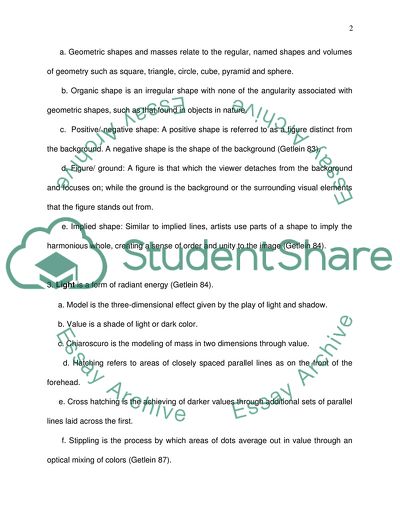Cite this document
(Art Vocabulary: The Visual Elements Book Report/Review, n.d.)
Art Vocabulary: The Visual Elements Book Report/Review. Retrieved from https://studentshare.org/visual-arts-film-studies/1757646-art
Art Vocabulary: The Visual Elements Book Report/Review. Retrieved from https://studentshare.org/visual-arts-film-studies/1757646-art
(Art Vocabulary: The Visual Elements Book Report/Review)
Art Vocabulary: The Visual Elements Book Report/Review. https://studentshare.org/visual-arts-film-studies/1757646-art.
Art Vocabulary: The Visual Elements Book Report/Review. https://studentshare.org/visual-arts-film-studies/1757646-art.
“Art Vocabulary: The Visual Elements Book Report/Review”, n.d. https://studentshare.org/visual-arts-film-studies/1757646-art.


